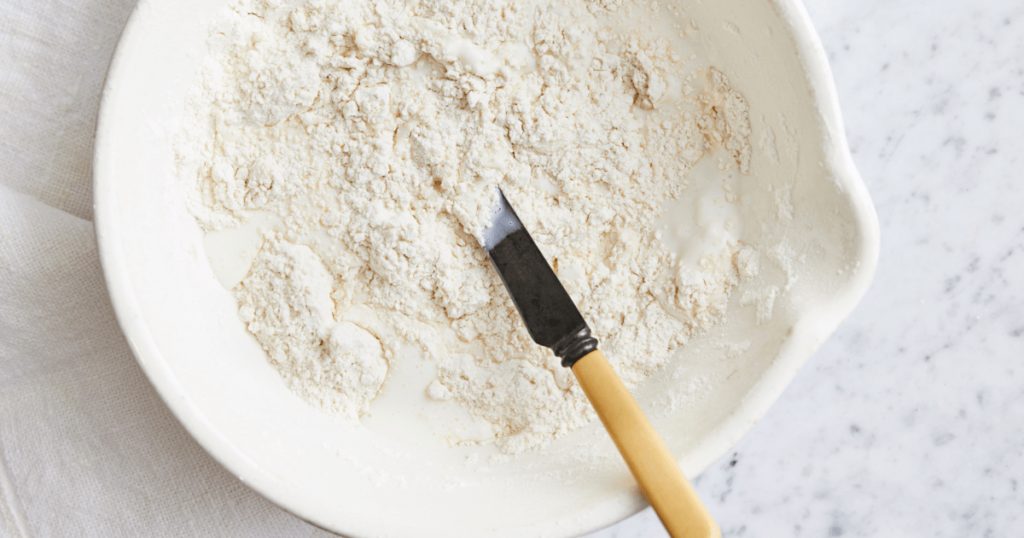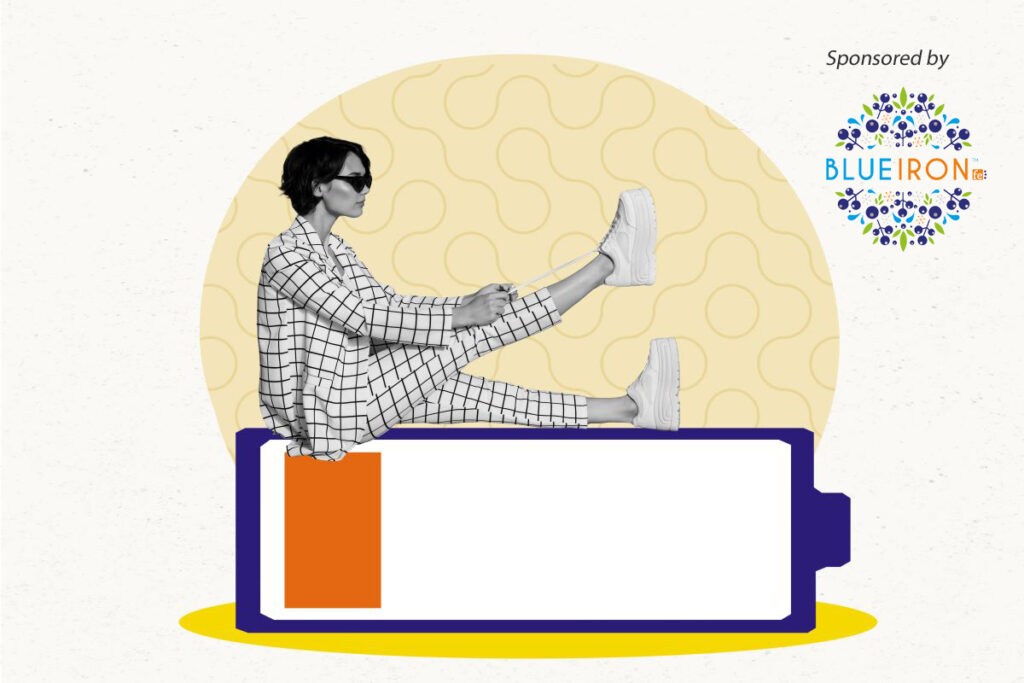ADVERTISEMENT
ADVERTISEMENT
Dead Butt Syndrome, also known as gluteal amnesia or gluteal dysfunction, refers to a condition where the gluteal muscles become weak and inactive, leading to discomfort, pain, and reduced functionality. This article will explore exercises specifically designed to relieve and strengthen the gluteal muscles, helping you combat Dead Butt Syndrome and restore proper muscle activation and function.
ADVERTISEMENT

ADVERTISEMENT
Understanding Dead Butt Syndrome
Dead Butt Syndrome occurs due to prolonged sitting, lack of exercise, or repetitive activities that result in weak and inhibited gluteal muscles. Some common symptoms include:
- Discomfort or pain in the glutes, lower back, or hips.
- Difficulty performing activities that require gluteal muscle strength, such as running, squatting, or climbing stairs.
- Poor posture and stability during movements.
Dead Butt Syndrome Exercises
Incorporating specific exercises into your fitness routine can help alleviate Dead Butt Syndrome and reactivate and strengthen your gluteal muscles. Try the following exercises:
1. Glute Bridges
- Lie on your back with your knees bent and feet flat on the ground, hip-width apart.
- Engage your core and squeeze your glutes as you lift your hips off the ground.
- Hold the position for a few seconds, then lower your hips back down.
- Perform 2-3 sets of 12-15 repetitions.
2. Clamshells
- Lie on your side with your knees bent and feet together.
- Keep your feet in contact with each other and lift the top knee while keeping your feet together.
- Pause briefly at the top, then lower your knee back down.
- Perform 2-3 sets of 12-15 repetitions on each side.
3. Fire Hydrants
- Start on all fours with your hands directly under your shoulders and your knees under your hips.
- Keeping your core engaged, lift one leg out to the side, keeping it bent at a 90-degree angle.
- Pause briefly at the top, then lower your leg back down.
- Perform 2-3 sets of 12-15 repetitions on each side.
4. Bulgarian Split Squats
- Stand with one foot forward and the other foot resting on a bench or elevated surface behind you.
- Lower your body into a lunge position, keeping your front knee aligned with your ankle.
- Push through your front heel to return to the starting position.
- Perform 2-3 sets of 10-12 repetitions on each leg.
5. Hip Thrusts
- Sit on the ground with your back against a bench or elevated surface, knees bent, and feet flat on the floor.
- Place a resistance band just above your knees.
- Drive your hips upward by pushing through your heels, squeezing your glutes at the top.
- Lower your hips back down to the starting position.
- Perform 2-3 sets of 10-12 repetitions.
6. Step-ups
- Stand in front of a step or sturdy elevated surface.
- Step one foot onto the step, pushing through your heel, and fully extend your leg.
- Step down, returning to the starting position.
- Perform 2-3 sets of 10-12 repetitions on each leg.
Frequently Asked Questions (FAQs)
FAQ 1: How often should I perform these exercises to relieve Dead Butt Syndrome?
For optimal results, aim to perform these exercises at least 2-3 times per week. Consistency is key in strengthening your glutes and overcoming Dead Butt Syndrome.
FAQ 2: Can I do these exercises if I have an existing injury or medical condition?
If you have an existing injury or medical condition, it’s essential to consult with a healthcare professional before starting any exercise program. They can provide guidance specific to your condition and help you modify the exercises accordingly.
FAQ 3: Are there any additional lifestyle changes that can help alleviate Dead Butt Syndrome?
In addition to targeted exercises, consider incorporating regular movement breaks throughout the day, avoiding prolonged sitting, and maintaining good posture. Engaging in activities like walking, jogging, or cycling can also contribute to overall gluteal muscle activation.
Conclusion
Dead Butt Syndrome can be a bothersome condition that affects your daily activities and overall well-being. By incorporating targeted exercises into your fitness routine and focusing on strengthening and reactivating your gluteal muscles, you can alleviate discomfort, improve functionality, and restore proper muscle activation. Remember to start slowly, listen to your body, and grad


